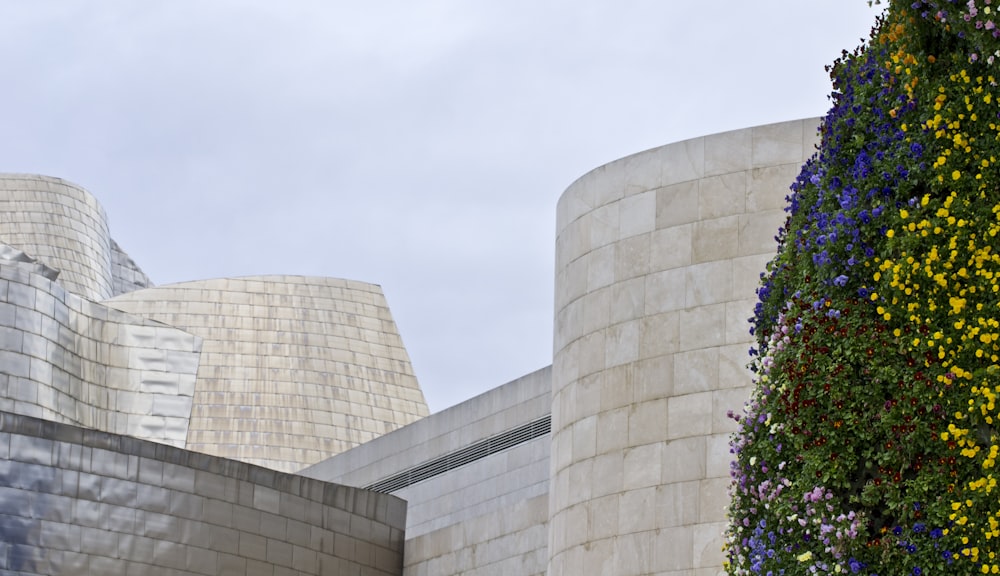
Architectural Marvels Unraveling the Guggenheim Legacy
Exploring the Iconic Guggenheim Legacy
Unveiling Architectural Brilliance
The Guggenheim Museum stands as a testament to architectural genius, captivating visitors with its iconic spiral design and timeless elegance. Designed by the legendary architect Frank Lloyd Wright, this architectural marvel continues to inspire awe and admiration decades after its inception.
A Journey Through History
The story of the Guggenheim Museum begins in the mid-20th century when Solomon R. Guggenheim, a renowned art collector, envisioned a space that would showcase modern and contemporary art in a revolutionary way. Collaborating with Frank Lloyd Wright, Guggenheim’s dream soon took shape in the form of a groundbreaking museum that would forever change the landscape of art and architecture.
Innovative Design
At the heart of the Guggenheim Museum’s design is its revolutionary spiral ramp, a concept that defied traditional museum layouts and transformed the visitor experience. Instead of navigating through separate galleries, visitors are invited to journey along a continuous ramp that winds its way from the ground floor to the upper levels, allowing for a seamless flow of movement and a unique perspective on the artworks displayed.
Harmony with Nature
One of the most striking features of the Guggenheim Museum is its seamless integration with its surroundings. Nestled amidst the bustling streets of New York City, the museum’s organic form and flowing lines create a sense of harmony with the urban landscape, while its central atrium floods the interior with natural light, blurring the boundaries between inside and out.
Timeless Elegance
Despite being completed over six decades ago, the Guggenheim Museum remains as relevant and captivating as ever. Its sleek curves and minimalist aesthetic exude a sense of timeless elegance, while its innovative design continues to inspire architects and artists alike. From its shimmering white exterior to its iconic rotunda, every aspect of the museum reflects Wright’s vision of organic architecture and the pursuit of beauty.
Cultural Icon
Beyond its architectural significance, the Guggenheim Museum has become a cultural icon and a symbol of artistic innovation. Over the years, it has hosted countless exhibitions featuring works by some of the world’s most celebrated artists, from Pablo Picasso to Jackson Pollock. Its permanent collection boasts an impressive array of modern and contemporary art, making it a must-visit destination for art lovers and enthusiasts from around the globe.
Legacy of Innovation
As we continue to marvel at the Guggenheim Museum’s architectural splendor, we are reminded of the power of innovation and creativity to shape our world. From its bold design to its enduring legacy, the Guggenheim stands as a beacon of inspiration, challenging us to push the boundaries of what is possible and reimagine the spaces we inhabit.
Preserving a Masterpiece
In recent years, efforts have been made to preserve and enhance the Guggenheim Museum for future generations. Renovation projects have sought to maintain Wright’s original vision while incorporating modern amenities and technologies to ensure the museum remains a vibrant and accessible cultural hub for years to come.
A Symbol of Progress
As we look to the future, the Guggenheim Museum serves as a reminder of the transformative power of architecture and the enduring legacy of human creativity. Its iconic silhouette continues to grace the New York City skyline, inspiring wonder and awe in all who behold it. Truly, the Guggenheim stands as a testament to the enduring spirit of innovation and the boundless possibilities of architectural design. Read more about guggenheim architect
